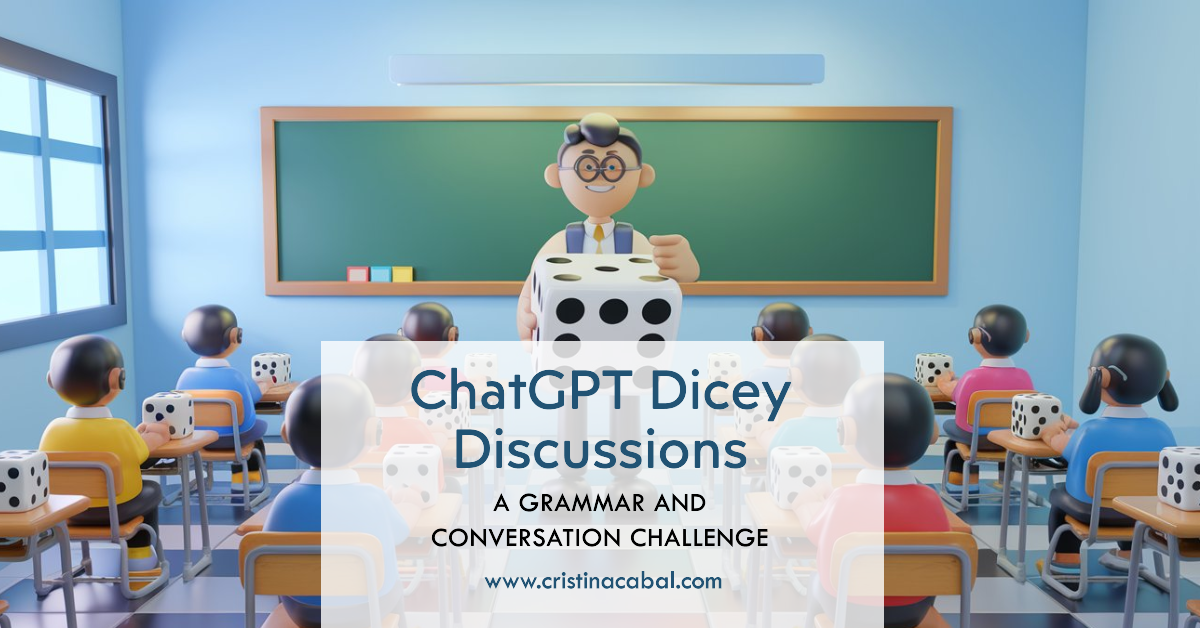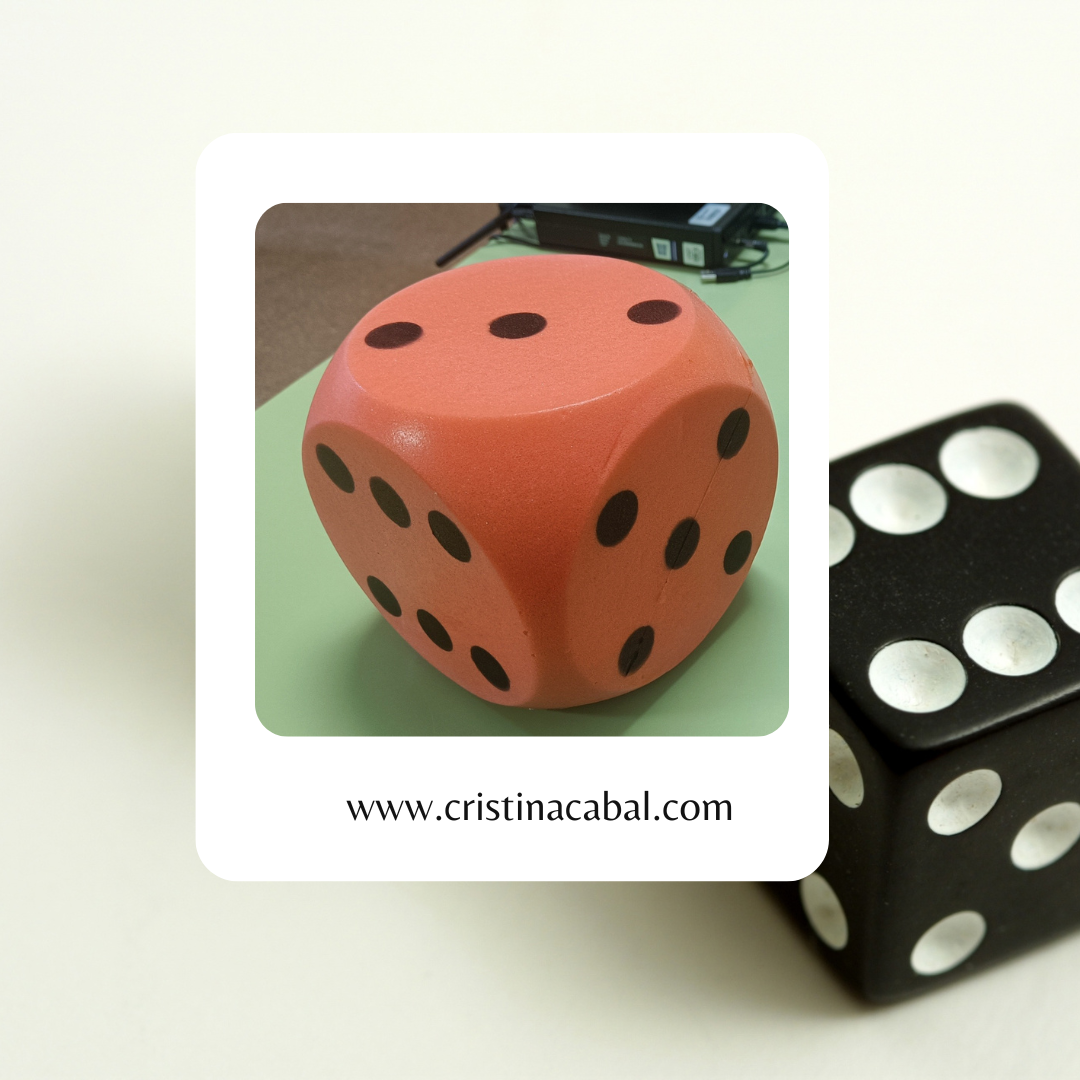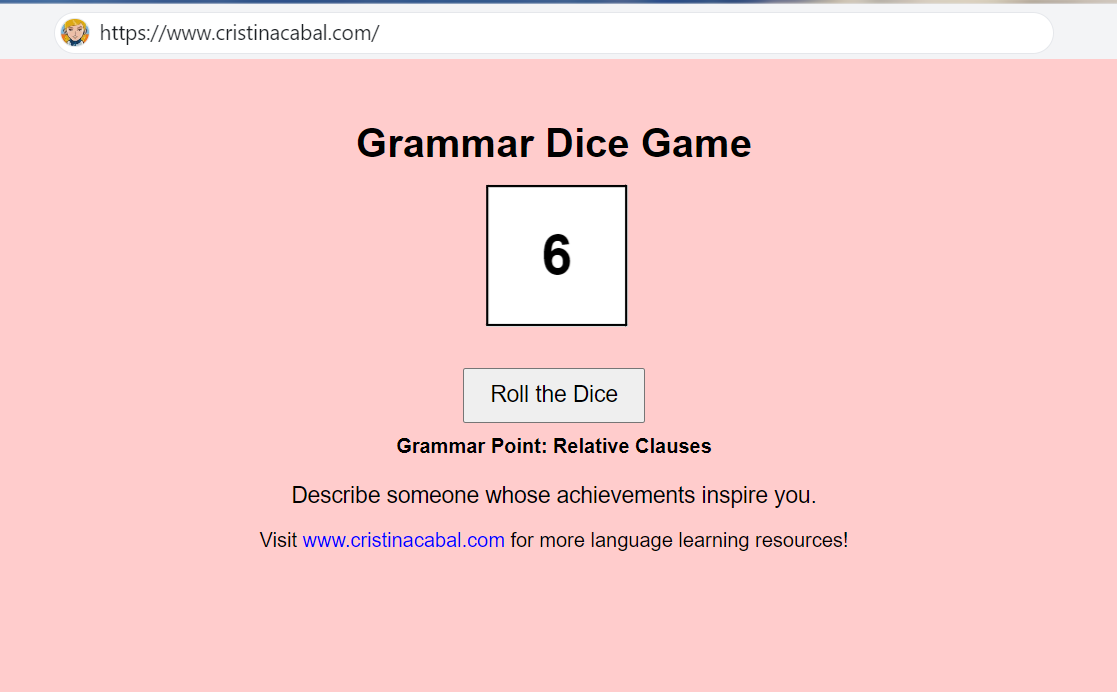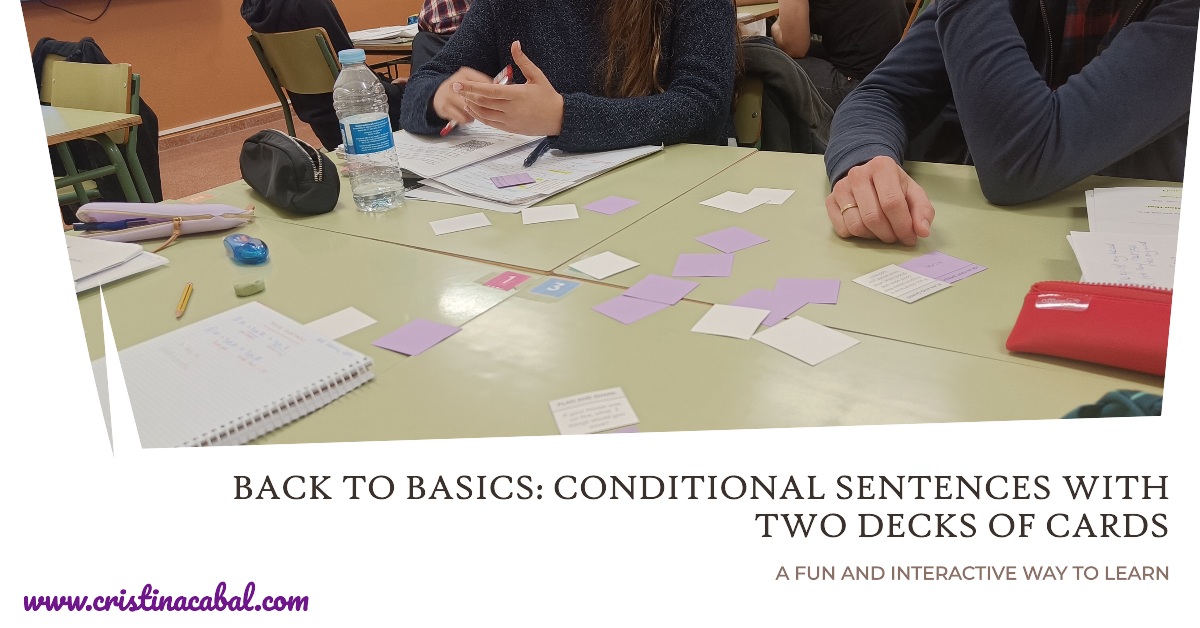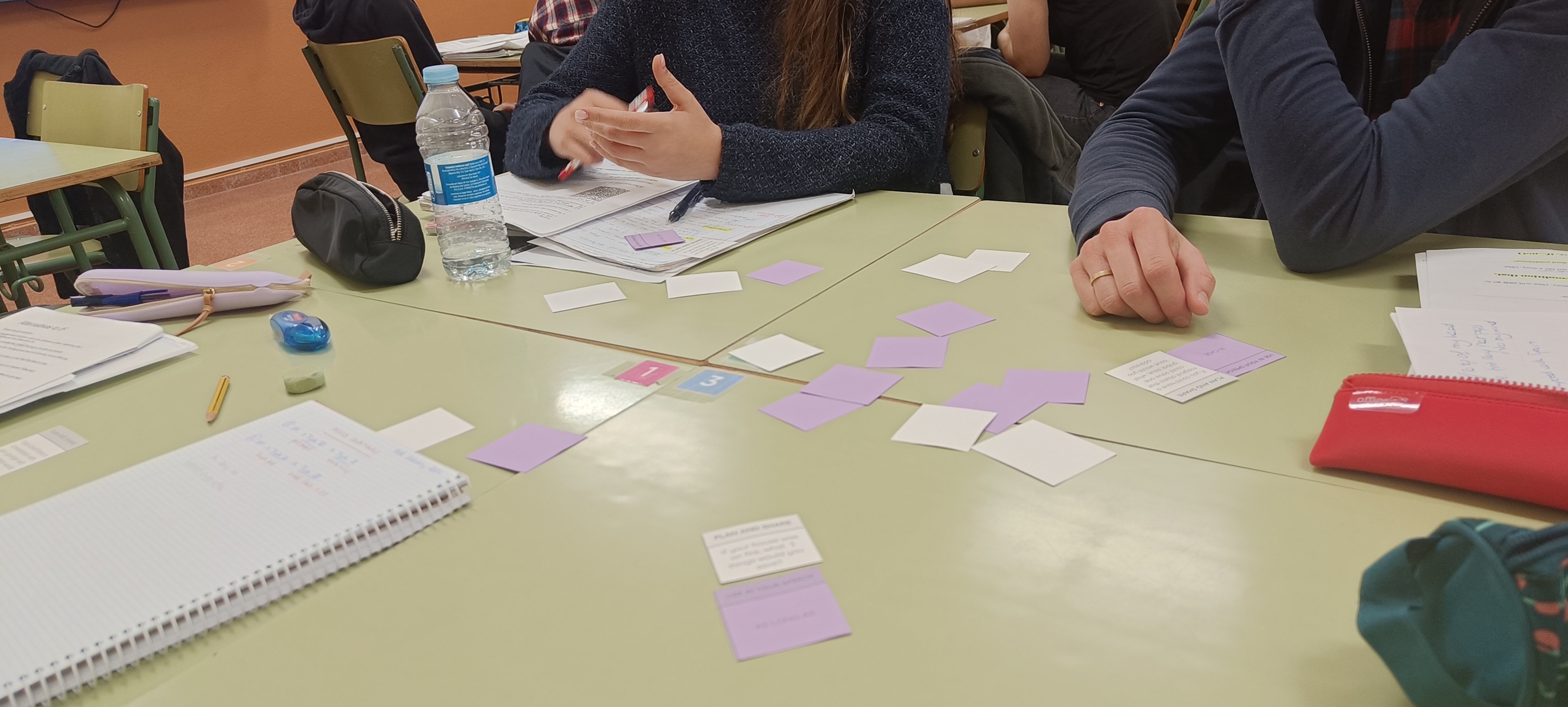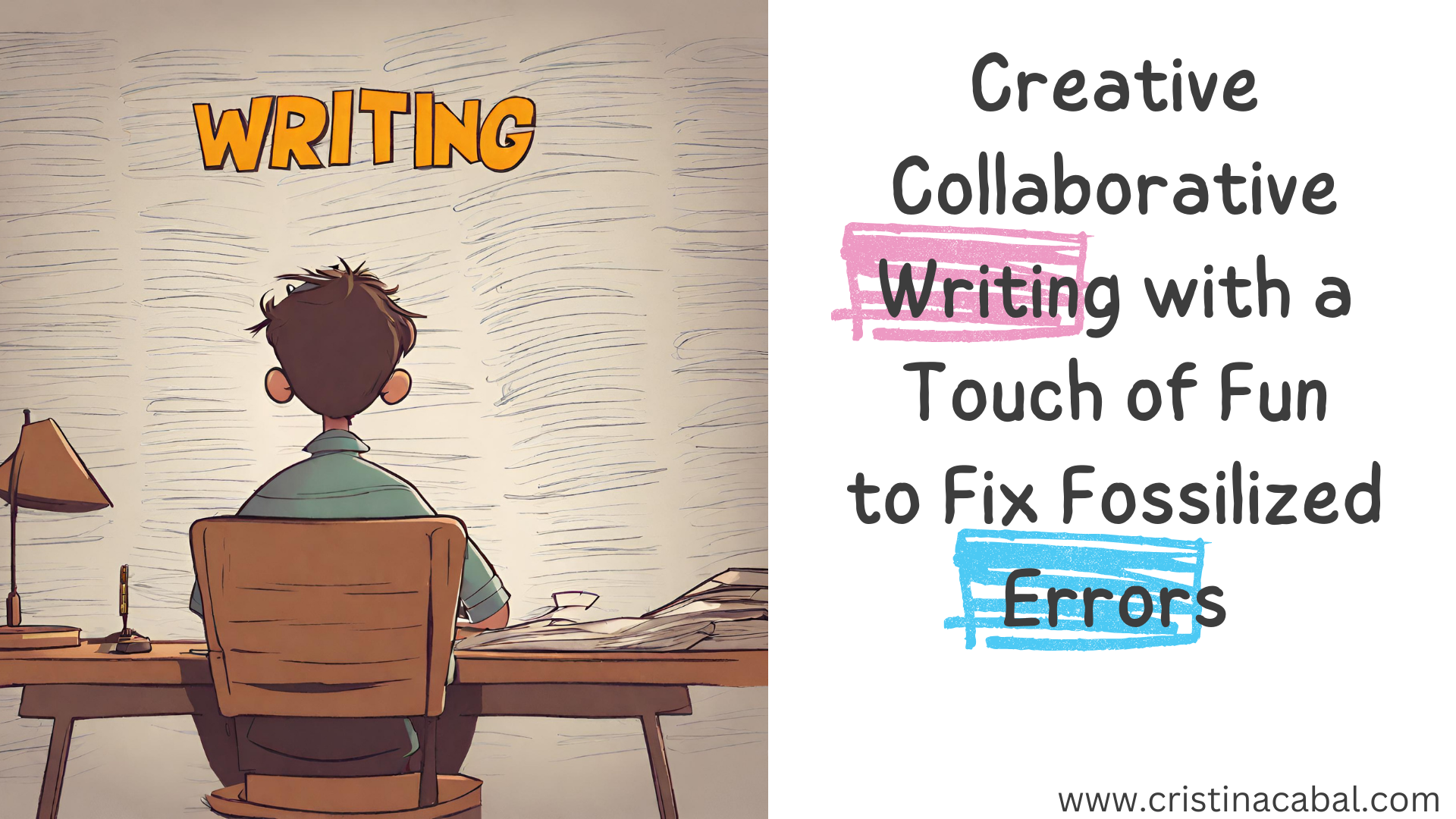Oh, this lesson sounds like it’s going to be SO much fun! I love how interactive and engaging it is—plus, who can resist Brad Pitt doing all sorts of jobs? Those who know me know that Brad Pitt is a constant in my life, and whenever I can, here he is—brightening my lessons or adding a little spice to the mix! And in this activity, how could I resist? 😄
By the way, I used AI to generate the images. Hopefully, Brad Pitt won’t mind being used for educational purposes!

Step 1: Vocabulary. The hard work.
First up, hand out the vocabulary, guiding students to describe what jobs involve. Responsibilities, pros, cons, you know the drill! Here’s the handout I have used + it contains a QR code to help with pronunciation.
This is what I’ve done to introduce the vocabulary little by little
- I asked them to silently read all the information under the heading General Responsibilities.
- Then, I played the audio to work on pronunciation
- After that, I displayed the image of Brad Pitt performing a job, and they used some vocabulary to describe the general responsibilities this job involves.
- I repeated the same procedure for the heading Advantages and Disadvantages to ensure they were comfortable with all aspects of the vocabulary.
This is the image I have used for this part

Step 2: The Guided Game (a.k.a. Guess Brad's Job!)
Now for the fun part—and this one is guaranteed to get the whole class involved! Here’s the game plan and again we go from guided practice to free practice.
FROM GUIDED PRACTICE TO FREE PRACTICE.
HOT SEAT with a volunteer.
- Pick a student to face away from the board (let’s call them the “guesser”).
- Display one of the job images on the board for everyone else to see.
- The rest of the class will give clues about the job, but here’s the catch—they have to use the vocabulary from the handout! So, instead of saying, “He works in a hospital,” they might say, “This job involves communication skills because you need to explain medical conditions clearly to patients.”
- IMPORTANT:They must describe the job without mentioning the place of work or giving obvious clues! For instance, if Brad Pitt is playing a chef in the image, the student can’t say “restaurant,” but they can say things like, “This job requires excellent time management because you need to prepare things on time, and it can be physically demanding because you’re on your feet for long periods”.
Students will work together as a class, tossing out clues about the responsibilities, advantages, or disadvantages of the job, and the guesser has to figure out what job Brad is performing in the image! We’ll play a couple of rounds to give students the opportunity to use the language.
HOT SEAT in TEAMS
- Divide class into 2 groups and ask a representative from each group to take the hot seat facing away from the board.
- Give each representative a bell.
- The whole class will now start giving clues about the responsibilities, advantages, or disadvantages of the job. The first representative to guess the job will score 1 point for their team.
- Rules: they have to ring the bell every time they want to guess. If they make a mistake, they won’t be able to ring the bell again until the other team has had a chance to have a guess, too.
Here you have the rest of the images I have used.
Add a heading by cristina.cabal
Step 3: Free Practice in Pairs
Students will team up: one student will face away from the board while their partner looks at the image.
The goal is for students to dig deep into their vocabulary knowledge to give accurate but challenging descriptions. This not only pushes them to be precise with their language but also forces them to think critically about the roles we see in different jobs.
Do you think this activity will work well for your C1 students? Are there any jobs you’re dying to see Brad Pitt doing? Let me know!
Step 4: Personalization
Time to get students working in groups of 4 or 5. One student in each group will choose a job—it can be their real job or their dream job. The rest of the group has to figure out what it is by asking up to 10 questions.
Important: Encourage students to use their newly acquired vocabulary. Instead of asking simple questions like “Do you work in an office?” they could ask, “Does your job require strong problem-solving skills?” or “Is teamwork a key part of your role?”
This brings the lesson full circle, with students practising vocabulary while keeping the conversation interactive and personal!
Another activity further practising this vocabulary is coming. Keep posted!!!
Follow me on



